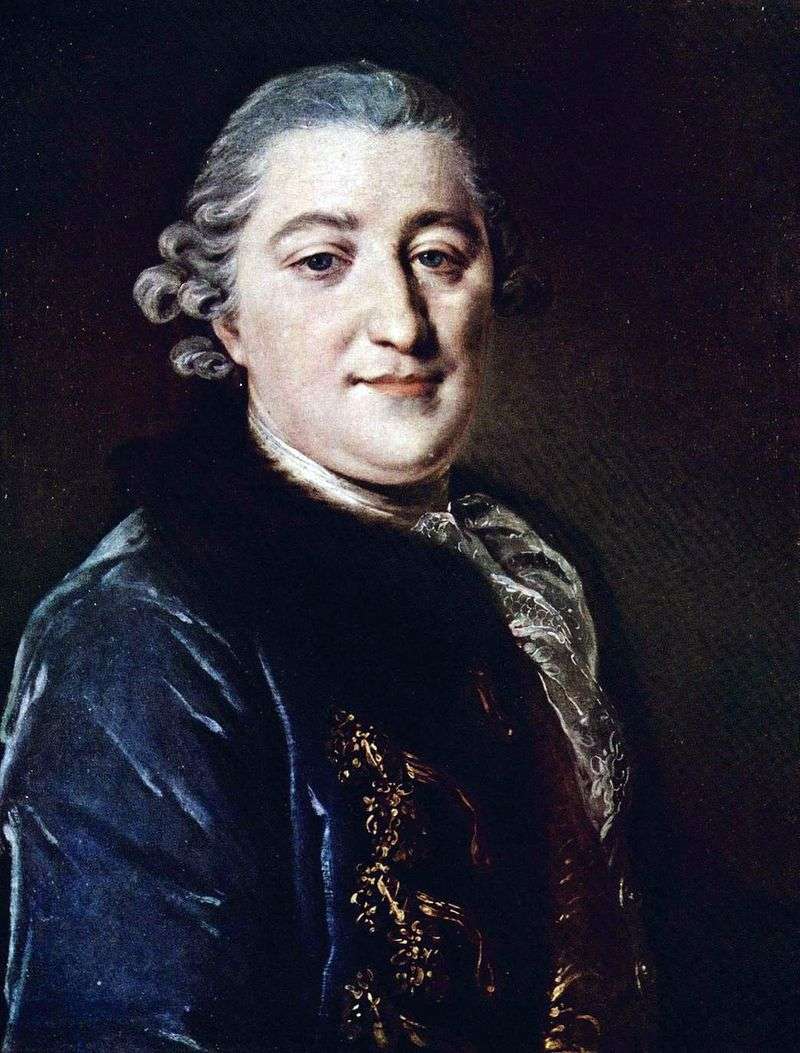
Rokotov’s creativity opens the period of the brilliant flourishing of Russian portrait painting of the second half of the 18th century. Unfortunately, almost nothing is known about the artist’s life.
The portrait character is one of the Orlov brothers, newly-born nobles who promoted the construction of Catherine II to the throne and were showered with royal favors. Rokotov also owns a portrait of Grigory Orlov, a favorite of the Empress and, apparently, the third brother of Alexei, a participant in the defeat of the Turkish fleet in the sea battle near Chesma.
Ivan Orlov was an extraordinary man. He did not succumb to the temptation of the court career, and after receiving the count title and the rank of captain of the Life Guards Preobrazhensky Regiment, he retired and later refused to be ranks and insignia. Orlov preferred economic activity to the state service and jealously ruled the enormous wealth and numerous estates of the family. He was proud of the role of the eldest in the race and the affection of his famous brothers, who, when he appeared, stood in respect.
Orlov is represented in the portrait dressed in an expensive caftan, his posture is calm and proud, in the expression of his face through the mask of the noble courtesy the mind, firmness and imperious self-confidence are guessed. Rokotov’s magnificent pictorial mastery is also manifested in the soft modeling of volumes and in how finely, with a wonderful sense of material, velvet, fur and lace are written.
The portrait of I. Orlov, twice repeated by Rokotov, refers to the Petersburg period of his work. It is not dated by the artist, but undoubtedly written no earlier than 1762, when, with the accession of Catherine II, the Orlovs entered into force. The original of the portrait was engraved by E. P. Chemesov; in the inscription under the image of the engraver led poems A. P. Sumarokov, praising the virtues of the graph. The engraving allows dating Rokotov’s portrait to be proud no later than 1765, the year of Ye. P. Chemesov’s death.
